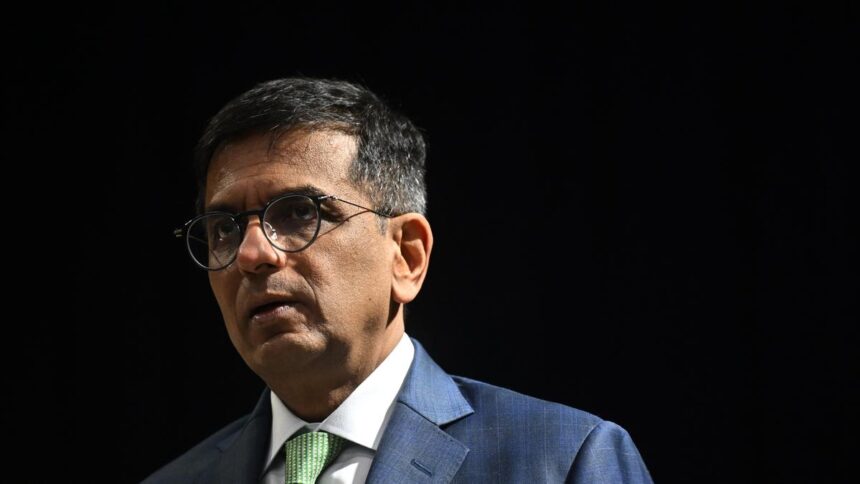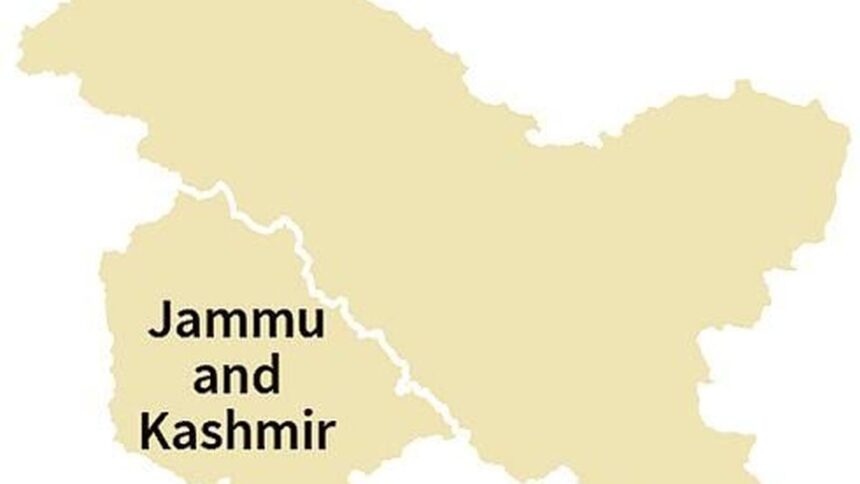Since Independence, India has drawn on science and technology as key pillars of the nation-building process. The vision of its first leaders, but especially Jawaharlal Nehru, was to foster a rational temper among the populace, empowering citizens not only to adopt technological advancements but also to imbue everyday life and national development with evidence-based reasoning and inquiry. The Constitution encodes the development of “scientific temper, humanism, and the spirit of inquiry and reform” as a fundamental duty of every Indian.
Immediately after Independence, India made significant investments in scientific institutions, research laboratories, and educational establishments, leading to the founding of the IITs, the Council of Scientific and Industrial Research, and the Indian Space Research Organisation, among others.
The planned economy, the Green Revolution, and liberalisation all banked on scientific solutions and deployed expert knowledge across agriculture, infrastructure, and industry. The ecosystem for research and innovation that resulted is today exemplified by achievements in spaceflight, pharmaceuticals, digital technologies, and renewable energy. Innovations in the form of household appliances, electronic goods, and telecom and Internet connectivity have also diffused into daily life.
Despite these advances, however, there continues to be a tension between technological adoption and the prevalence of irrational attitudes at multiple levels of Indian society.
While Indians readily embrace new technologies, scientific temper remains confined to a few pockets. Superstitions, pseudoscience, and magical thinking persist in mainstream culture, sometimes melding with religious practices and customs to the detriment of rationality. While Prime Minister Narendran Modi himself has claimed that the Hindu god Ganesha’s form proved ancient expertise in plastic surgery, Ministers have promoted the idea that cow urine can cure cancer. Former Education Minister Satya Pal Singh once threatened to remove Darwin’s theory of evolution from textbooks, saying no Indian text supports “monkeys turning into humans”.
At the Indian Science Congress, some scientists have advocated renaming gravitational waves as “Modi waves”. Mass superstitions have often triggered widespread panic, such as rumours that witches were cutting off women’s braids, eliciting violent community reactions. Belief in the “miraculous: healing powers of individuals are widespread in spite of multiple “godmen” like Gurmeet Ram Rahim Singh and Asaram Bapu having been exposed as fraudsters.
While social media continues to amplify the spread of pseudoscience and conspiracy theories related to health and history, policy discourse sometimes relies more on political expedience or parochial interests than on scientific advice. Attitudes towards climate change, pollution, and environmental degradation are often apathetic despite clear scientific warnings.
While India’s elite scientific institutions are globally competitive, the quality of science education at school and college levels is inconsistent. The gap between rote-based learning and genuine scientific inquiry and problem-solving scepticism endures. The ability to reason critically and challenge dogma has not been cultivated widely, leaving segments of the populace susceptible to misinformation.
The media’s role has also been mixed. While there are commendable public science communication efforts and popularisation initiatives, there is a greater amplification of pseudoscience and anti-intellectualism. High-profile personalities sometimes even misuse platforms to spread unscientific claims, which go unchallenged due to deference to authority or lack of public understanding. Legal and regulatory mechanisms to curb pseudoscience, fraudulent miracle cures, and exploitative practices remain inadequate or inconsistently applied.
In a society where tradition, religion, and modernity rub shoulders, scientific temper is not an attack on faith or tradition but the ability to question and test ideas irrespective of source. Many Indians hold rational views in aspects of life directly shaped by science yet default to tradition or non-scientific authority in other spheres. Merely adopting a technology is not synonymous with adopting scientific temper. Rationality encompasses a broader outlook, including evidence-based reasoning and the courage to question received wisdom.
So while India has made considerable scientific and technological progress, it has not done so as a people moved by the constitutional spirit. Bridging the gap between technological advances and internalised scientific temper demands both institutional action and collective cultural transformation.
To this end, India must revamp science education to emphasise critical thinking over rote learning and strengthen science communication and public outreach to make scientific knowledge accessible and engaging. Vital areas like healthcare, climate action, and social justice must be guided by evidence-based policymaking. The government should also promote interdisciplinary approaches in academia that blend Humanities and sciences to nurture empathy.
Published – August 15, 2025 12:15 am IST

















